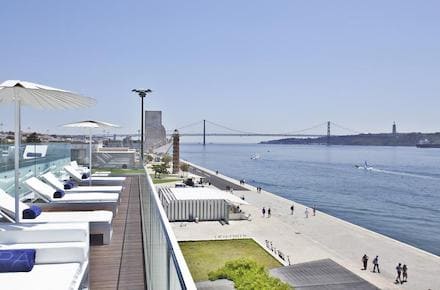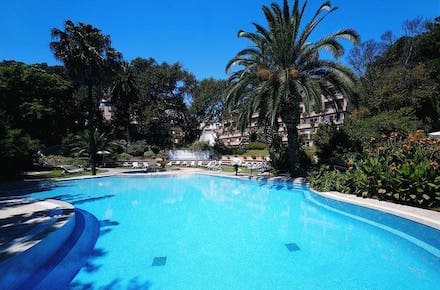Alfama and Graça
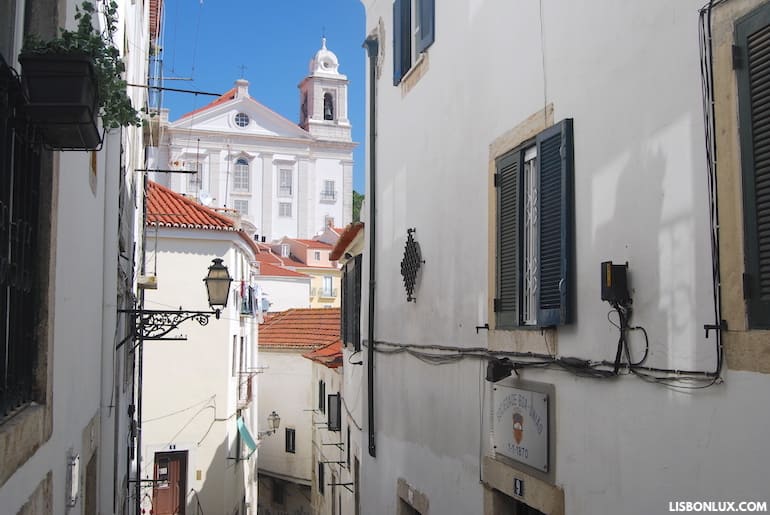
WHAT IT’S LIKE: A village. It’s the city’s oldest neighborhood, found around the castle (Graça) and down the hill towards the river (Alfama). It’s either the most or the least desirable neighborhood in the city, depending on who you ask.
WHO LIVES HERE: Pensioners, working-class families that may have lived here for generations since the original fishing community, immigrants and young singles.
POSITIVES: It has the charm, the soul, the atmosphere and the small-town quality you dream about. Renovated homes can be good deals and many often have wonderful river views. The best homes are around the cathedral.
NEGATIVES: It’s a hilly, confusing maze of narrow medieval streets often impenetrable by cars and parking space is almost nonexistent. A large number of buildings need renovation. Most apartments are small and almost no building has an elevator.
See the Alfama and Graça tourist guides.
Avenidas Novas
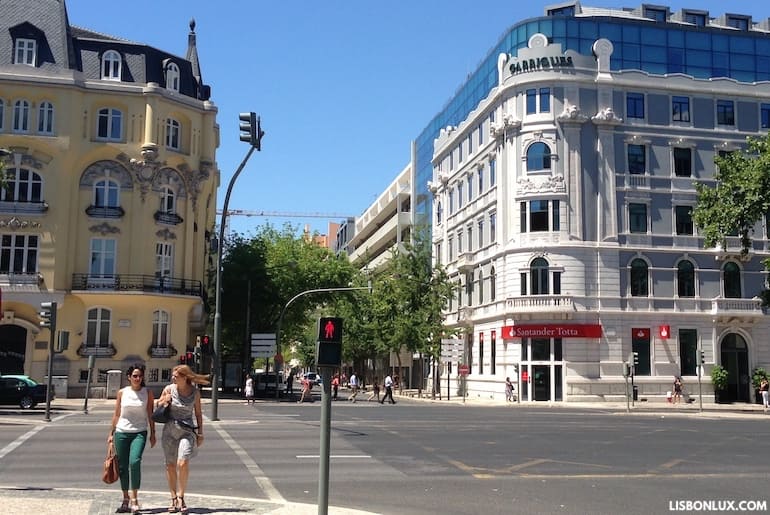
WHAT IT’S LIKE: A mixture of beautiful award-winning architecture and unattractive late-20th century office and apartment buildings in long, wide avenues.
WHO LIVES HERE: Middle class and upper-middle class families.
POSITIVES: Most of the apartments are quite spacious. Good schools, shopping and transportation links. Flat terrain and wide sidewalks. Not touristy.
NEGATIVES: Traffic. Mostly devoid of atmosphere, and new apartments can be quite expensive.
See the Avenidas Novas tourist guide.
Bairro Alto
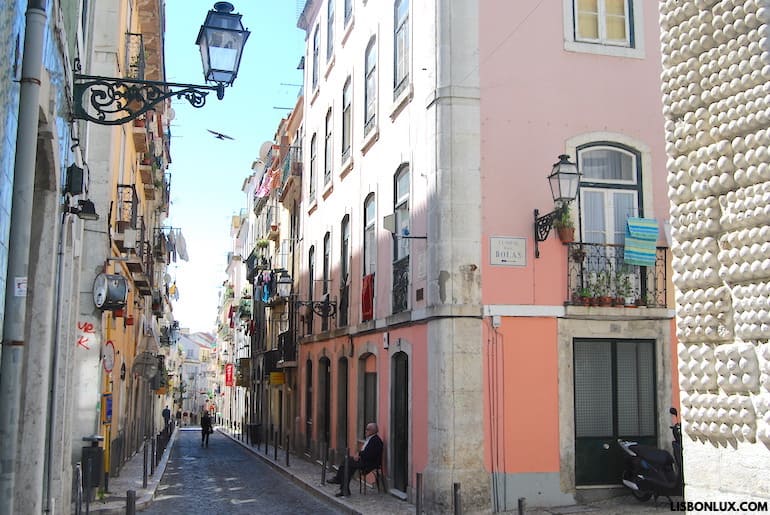
WHAT IT’S LIKE: It’s the bohemian nightlife quarter. Down the hill are the small Bica and Santa Catarina neighborhoods which look and feel indistinguishable from Bairro Alto.
WHO LIVES HERE: Bohemians, pensioners and immigrants.
POSITIVES: It’s right in the center, with access to the most popular restaurants, shops and nightlife.
NEGATIVES: It’s difficult to keep it constantly clean after nights of drinking on the streets, it can be noisy at night, and many buildings need to be renovated.
See the Bairro Alto tourist guide.
Baixa
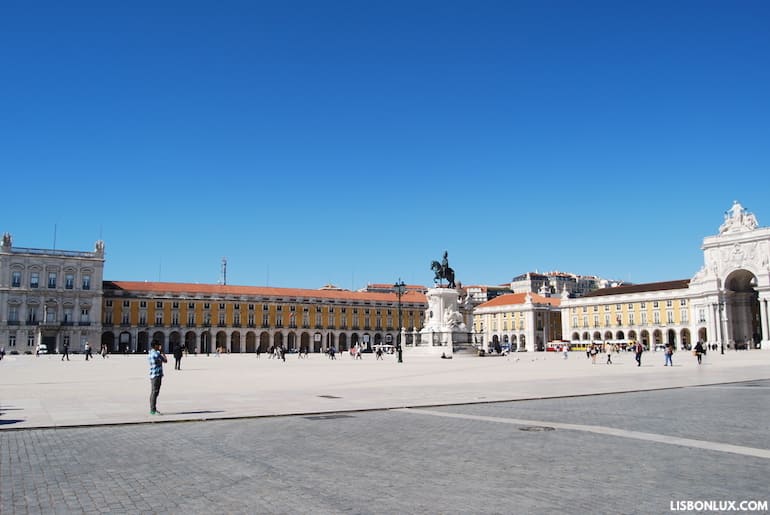
WHAT IT’S LIKE: A grid of shopping streets, each one once having its own specialty but now mostly occupied by bank headquarters, hotels, and tourist shops.
WHO LIVES HERE: Very few people, but that’s changing due to middle-aged investors.
POSITIVES: It’s the heart of the city, apartments can be quite spacious and there are many investment opportunities.
NEGATIVES: Nearly deserted at night and noisy during the day.
See the Baixa tourist guide.
Belém, Ajuda and Restelo
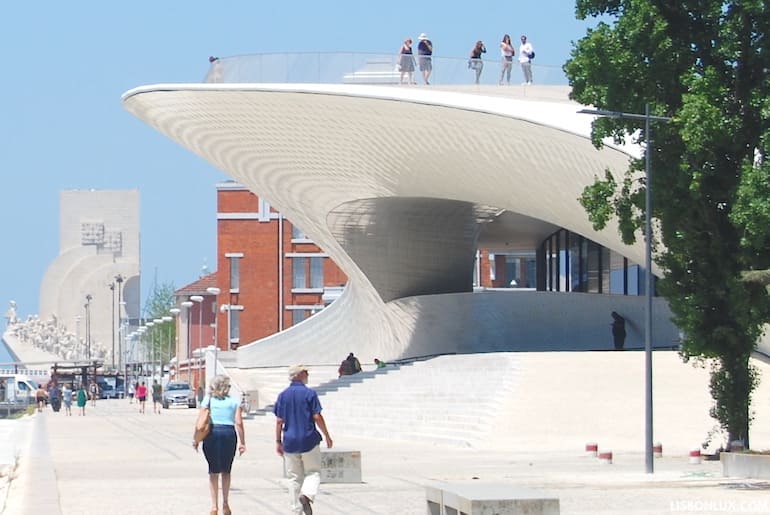
WHAT IT’S LIKE: Belém is the last Lisbon neighborhood before the beachside suburbs. Located where the river meets the Atlantic, it’s home to the city’s most famous monuments and museums, and up the hill is the neighborhood of Ajuda and the affluent district of Restelo.
WHO LIVES HERE: Middle class and low-middle class in Belém and Ajuda, low-profile upper class in Restelo.
POSITIVES: The riverfront location with many green spaces, and the tranquility of Restelo.
NEGATIVES: It’s away from downtown, with no Metro station (but plenty of tram, train, and bus connections). Most people can't afford Restelo, and Belém is a little “touristy.”
See the Belém tourist guide.
Campo de Ourique
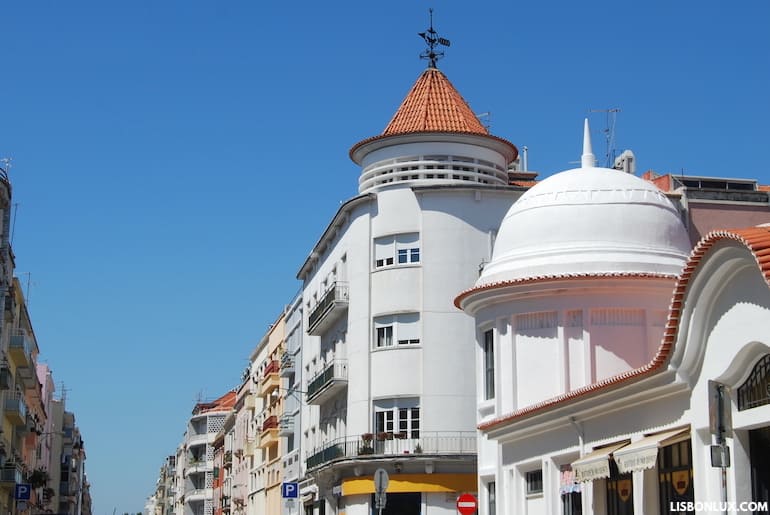
WHAT IT’S LIKE: A lively residential district.
WHO LIVES HERE: Mostly upper-middle class families and a recent younger middle class.
POSITIVES: A variety of shops and a real neighborhood atmosphere which gives it a good quality of life.
NEGATIVES: No Metro station; prices above average.
See the Campo de Ourique tourist guide.
Chiado
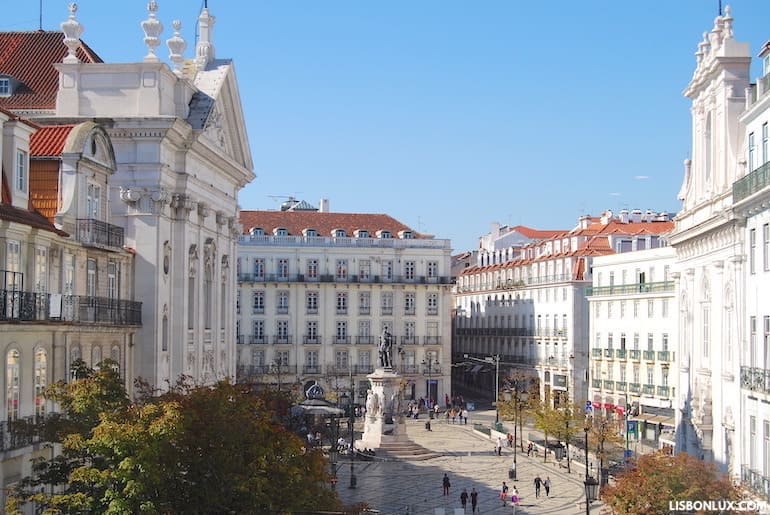
WHAT IT’S LIKE: The city’s most sophisticated neighborhood, known for shopping (now mostly international chains), cafés and theaters.
WHO LIVES HERE: Upper-middle class and upper-class professionals (yuppies).
POSITIVES: Cultural attractions. Good public transporation. Perfect for those with no car. Quality of the renovated buildings.
NEGATIVES: Expensive. Lack of parking space.
See the Chiado tourist guide.
Parque das Nações
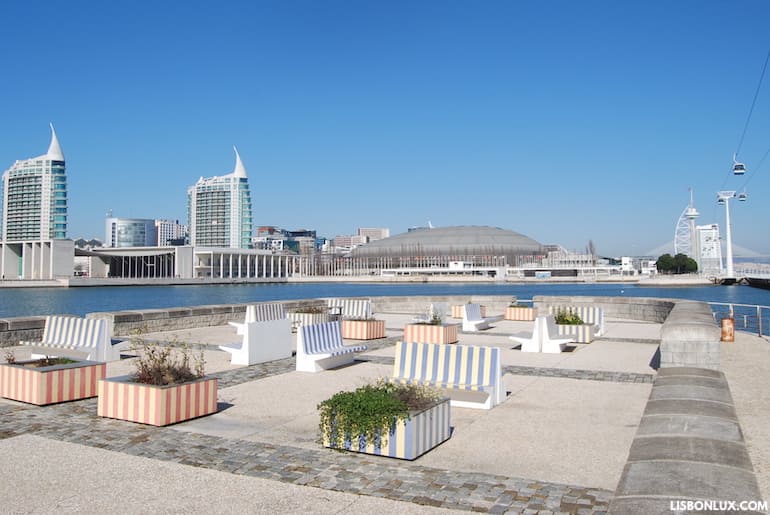
WHAT IT’S LIKE: The former site of the World Fair of 1998 became one of the largest redevelopment projects in Europe, now a residential and business district known for its landmark contemporary architecture.
WHO LIVES HERE: Upper and upper-middle classes, and the nouveau riche.
POSITIVES: Pleasant waterfront location with green spaces. Good transport connections, abundant parking space, and most apartments come with garage.
NEGATIVES: Away from the center. Feels like a suburb, lacking the atmosphere of historic neighborhoods.
See the Parque das Nações tourist guide.
Príncipe Real
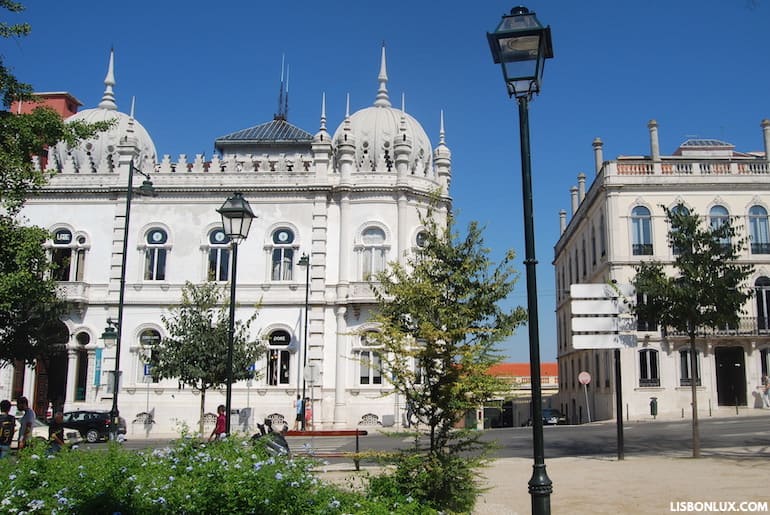
WHAT IT’S LIKE: A charming residential neighborhood with attractive architecture now also known for its sophisticated shops.
WHO LIVES HERE: A good mix of people, of different ages and social status.
POSITIVES: Quiet neighborhood with gardens. Those who wish to be car-free will love to be within walking distance of everything in the center. Good shopping.
NEGATIVES: Lack of parking spaces for those who can’t live without a car. Rents and prices of new homes are high.
See the Príncipe Real tourist guide.
Santos and Lapa
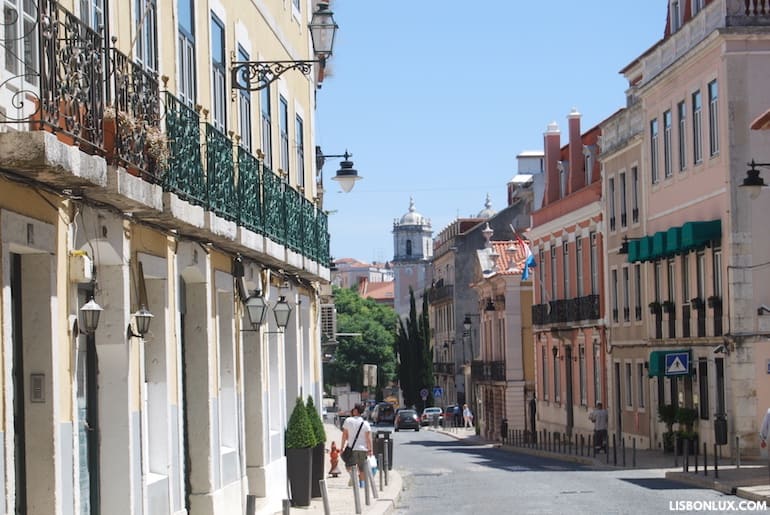
WHAT IT’S LIKE: Santos is a riverfront neighborhood known as a small “design district” due to its home décor shops and Lapa is the embassy quarter, home to large mansions.
WHO LIVES HERE: Middle class in Santos, upper class (“old money”) in Lapa -- and queen of pop Madonna when she moved to Lisbon.
POSITIVES: Quiet residential area. Condominiums in Lapa are of high standards.
NEGATIVES: High prices. Some buildings in Santos need renovation. Lack of parking space and inefficient public transportation (there’s no Metro station).
See the Santos tourist guide.
